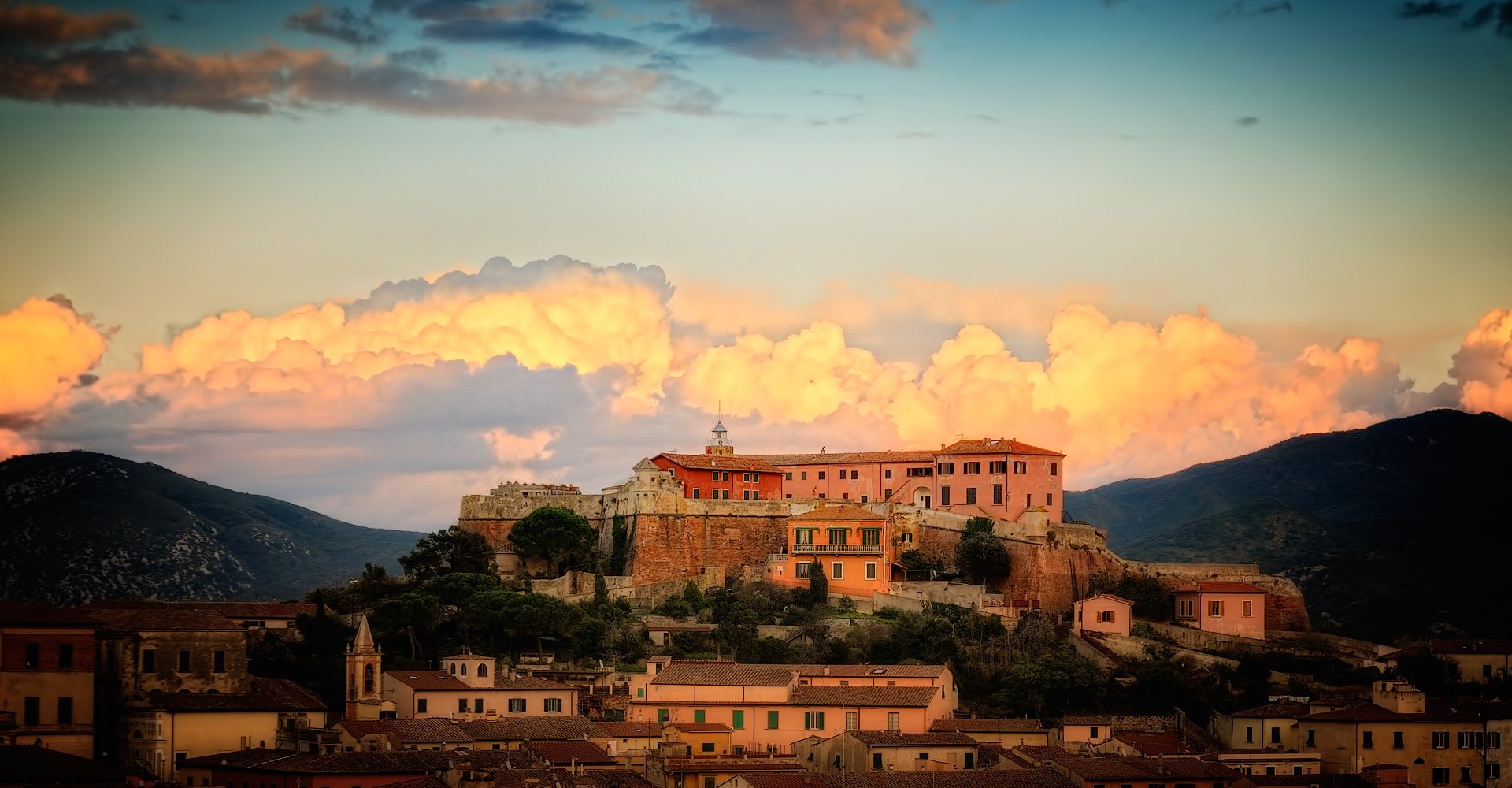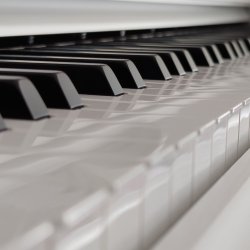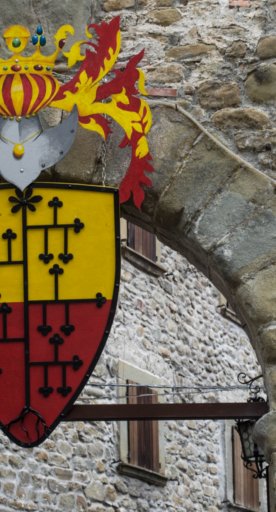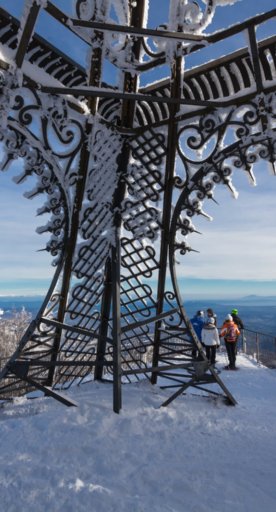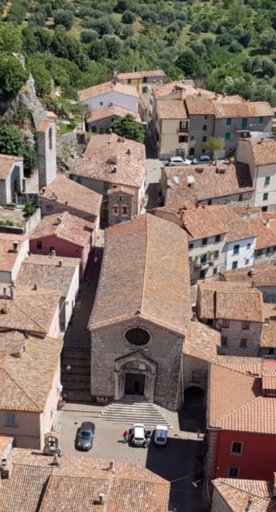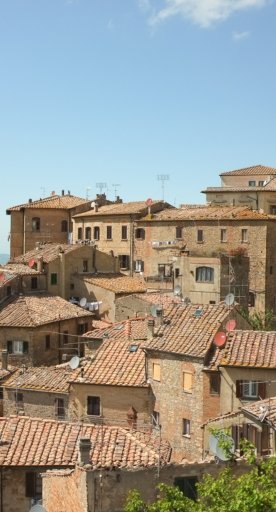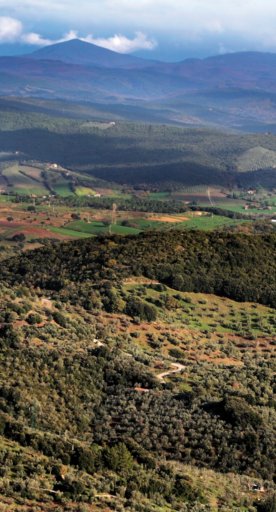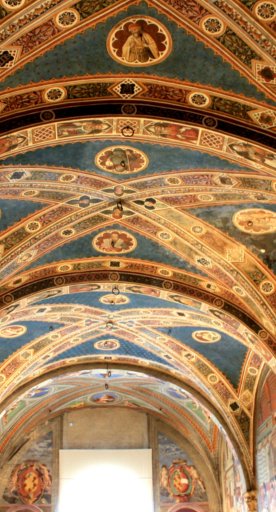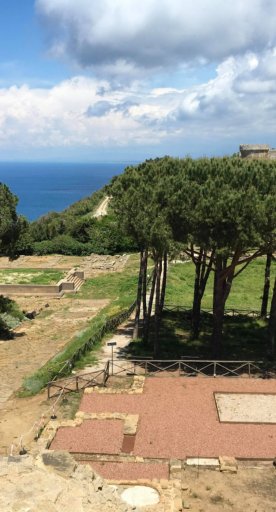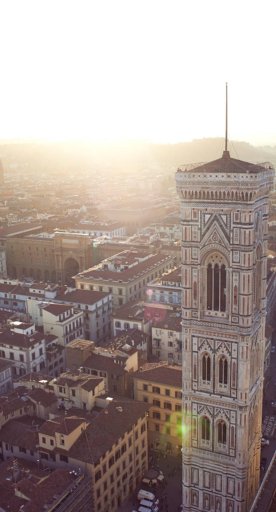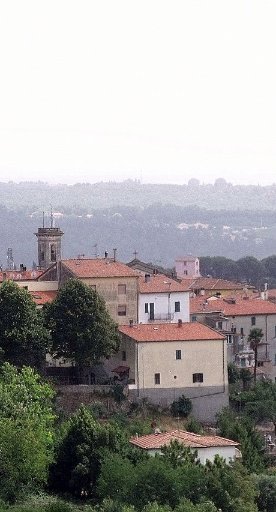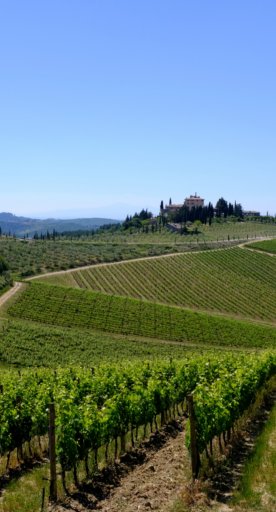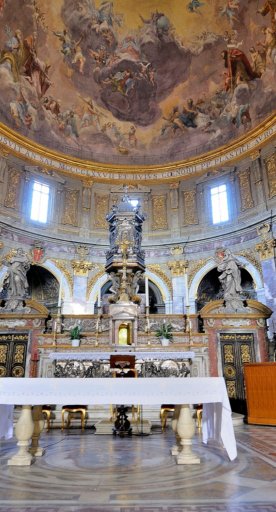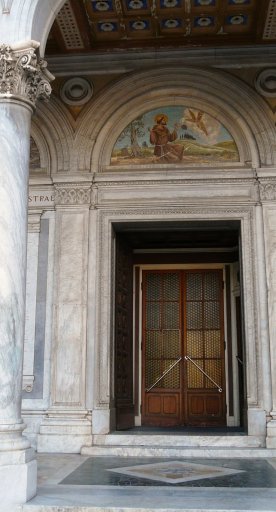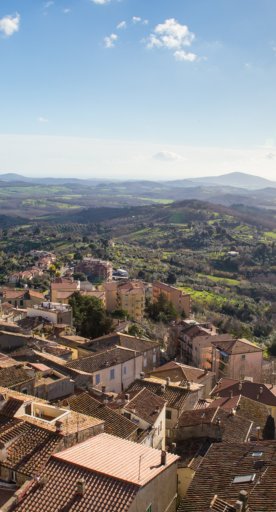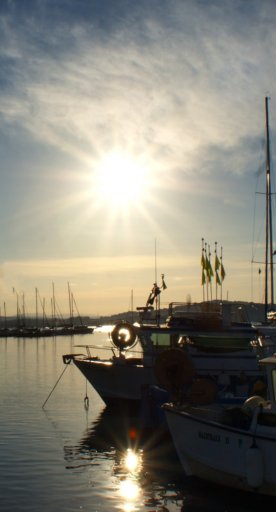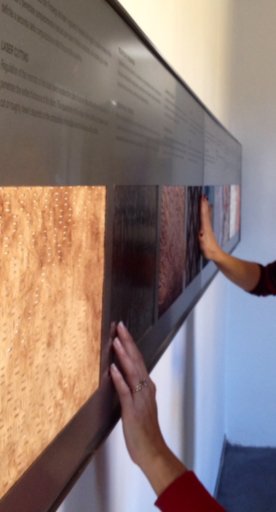10 Medici Fortresses in Tuscany
10 unique places of culture and recreation that you should consider visiting when in Tuscany
It was 1434 when the Medici family, represented at the time by Cosimo The Elder, rose to a position of power in Tuscany. Starting from that moment, throughout the centuries, the Medici family has been associated with the Renaissance. Nonetheless, those were times of war and maintaining that power for so many years (the Medici ruled almost continuously until 1737) was definitely a difficult matter. That’s the reason why, especially during the XVI century at the hand of Cosimo I, the Medici territories underwent a process of heavy militarisation: among other things, massive and impressive fortresses were erected all around Tuscany, spectacular buildings that deserve to be mentioned when discussing the greatness of the family we all love and thank. Designed and built by some of the most renowned architects and strategos of the era, such fortresses were capable of withstanding potential direct assaults undertaken by modern European armies (yes, we’re talking about resisting the force of siege cannons and other heavy artillery weapons!).
Luckily enough, despite the countless structural changes and renovations occurring throughout the years, most of the surviving buildings are now unique places of culture and recreation that you should consider visiting when in Tuscany. And now, enough chit chat: put your helmet on and get ready to discover 10 Medici fortresses scattered across the region.
-
1.Medici Fortress in Arezzo
-
2.Girifalco Fortress in Cortona (Arezzo area)
-
3.Forte Belvedere in Florence
-
4.San Martino Fortress in San Piero a Sieve (Florence area)
-
5.Old Fortress in Livorno
-
6.New Fortress in Livorno
-
7.Medici Fortress in Piombino (Livorno area)
-
8.Medici Forts in Portoferraio (Elba Island, Livorno area)
-
9.Santa Barbara Fort in Siena
-
10.Poggio Imperiale Fortress in Poggibonsi (Siena area)
Medici Fortress in Arezzo
In Arezzo construction work began in 1538. The Medici Fortress dominates the town from the highest point of the hill. It’s characterized by its pentagonal shape, with 5 impressive bastions at the edges of the structure. The centre of the fortress still boasts a few ancient buildings, once designated for military purposes, and vaunts many archaeological findings dating back to the Roman period.
TODAY: the building has been significantly renovated and recently reopened to the public. The area around the fortress is a popular public park, offering a beautiful view over the city and the Arno river valley.
Girifalco Fortress in Cortona (Arezzo area)
A fortress on the hilltop overlooking Cortona was probably present since the Etruscan era (V or VI century BC) and the first historical records describing this fortress date back to 1258 AD, but it was only in the late XVII century that the Girifalco fortress in Cortona took on its present appearance. Commissioned by Cosimo I, construction work on the four bastions and the ravelin began in 1556 at the hand of the military engineer Gabrio Serbelloni and the architect Francesco Laparelli. The newly-designed fortress was never actually deployed in battle and in 1766, with the advent of the Lorraine dynasty, it was disarmed and sold to the municipality of Cortona, which used it as a town prison.
TODAY: nowadays the Medicean fortress of Cortona is usually open to the public from spring to autumn and is home to events, temporary exhibitions and a bistrot. More information on the official website of the Girifalco Fortress
Forte Belvedere in Florence
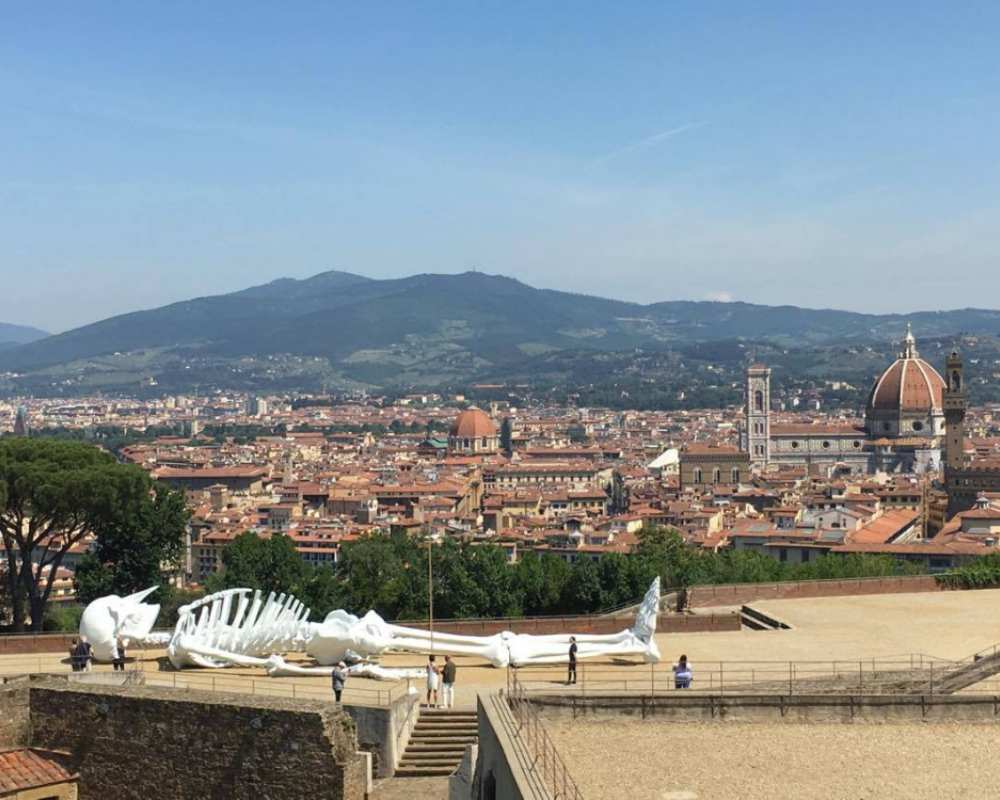
This beautiful Renaissance fortress was built atop a hill in the Oltrarno area of Florence in the late XVI century, it was commissioned by Grand Duke Ferdinando I to Bernardo Buontalenti. The fort protected Pitti Palace and the south end of the city but it also served the purpose of demostrating the power of the Medici family. A fun fact: the fort was connected to Palazzo Vecchio via the Vasari Corridor, as there is a passage that connects it to Pitti Palace through the Boboli Gardens.
TODAY: Forte Belvedere is usually open to the public from the middle of spring to early autumn, we strongly recommend walking up here to enjoy a spectacular view over Florence! Furthermore, the fort houses temporary art exhibitions by renowned contemporary international artists, such as Giuseppe Penone, Zhang Huan and Jan Fabre.
In Florence you’ll also find the Fortezza da Basso, another impressive Medici fortress dating back to the period when Alessandro de Medici was in charge, in the 1530s. Nowadays the complex hosts international events and conferences, such as Pitti Immagine and Buy Tourism Online, and does not stay open to the public. However, we suggest you take a walk in the Fortezza Gardens, a lovely public park attached to the fortress.
San Martino Fortress in San Piero a Sieve (Florence area)
Construction works in San Piero a Sieve began in 1569, but the final appearence of the structure is attributed to Bernardo Buontalenti, who probably completed the fortress in the last decade of the XVI century. The fortress is characterized by seven bastions along the irregular curtain wall, almost a mile long. The fort has vast subterranean vaults (among these is one that seems to be a passageway that led to the Sieve river), warehouses, arms and munitions deposits, foundries for cannons and wind mills.
TODAY: the fortress occasionally opens to the public for guided tours, which are not to be missed. Check out the website of the Municipality of Scarperia e San Piero to know more.
Old Fortress in Livorno
Given its strategic position by the sea, the defensive system of the city of Livorno underwent different stages of construction that brought to life two different fortresses, nowadays called Old Fortress and New Fortress. The Old Fortress, attached to the old Medici port of Livorno, was designed by Antonio and Giuliano da Sangallo as an enlargement of a pre-existent structure (a fortalice known as “Pisans’ quadrature”). Construction work ended in 1534 and the very same Cosimo I used the building as his Livorno residence. Over the years the fortress was the scene of several physics experiments (such as observations on the motion of projectiles) and a site of naturalistic observation.
TODAY: the building is managed by the Port Authority. It usually hosts exhibits, concerts, theatrical performances, conferences and other initiatives. More info on the official Facebook page of the Old Fortress.
New Fortress in Livorno
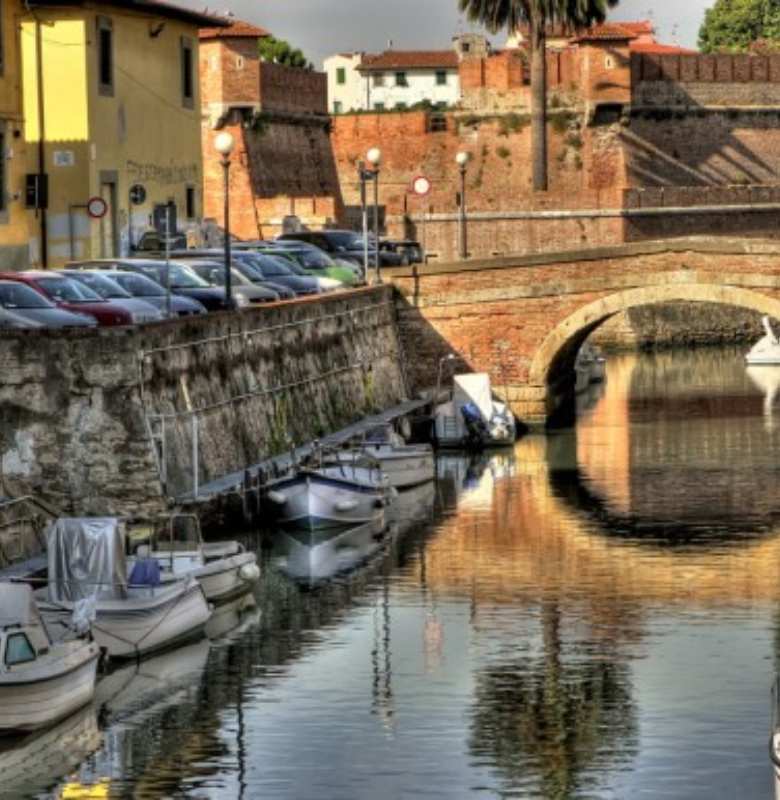
Commissioned by Grand Duke Ferdinando dei Medici to protect the city from the north, it was designed by the architects Vincenzo Buonanni and Bernardo Buontalenti, following a plan by Don Giovanni dei Medici, Cosimo I’s natural son. The first stone was laid on January 10th, 1590. In the late XVII century, in order to cope with the great increase in population, almost half of the original structure was demolished to give way to the picturesque districts of Venezia Nuova and San Marco.
TODAY: the building usually hosts cultural events and ceremonies, while the vast open-air area was made into a public park. More information on the website of Visitlivorno.
Medici Fortress in Piombino (Livorno area)
The Fortezza Medicea of Piombino was commissioned by Cosimo I de' Medici to Giovanni Camerini and was built between 1552 and 1557. The fortress complex was used for sighting and as a bulwark in defence of the trading ships which populated the Tyrrhenian coastline back then.
TODAY: after major renovations, the fortress is home to the “Museo del castello e della ceramica medievale” (or Museum of the castle and of medieval pottery), a museum dedicated to the history of the castle, of the city of Livorno and its surroundings. Moreover, it serves as a site for exhibitions and temporary shows. Learn more on the website of Parchi Val di Cornia.
Medici Forts in Portoferraio (Elba Island, Livorno area)
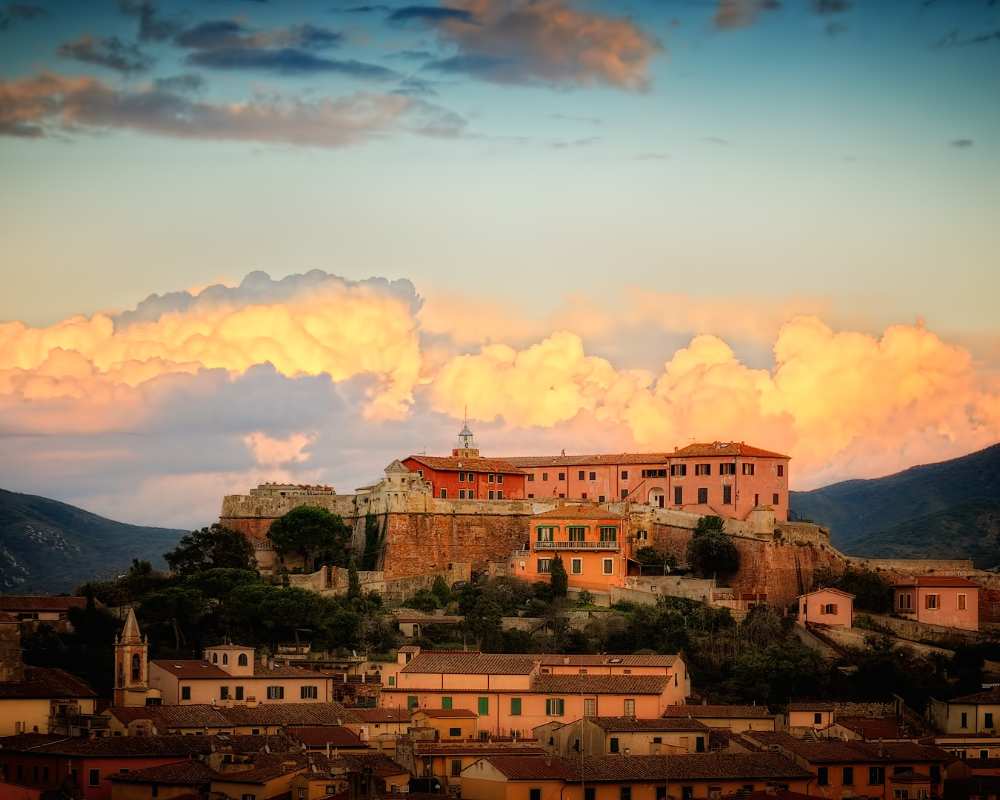
In the mid-sixteenth century Cosimo I founded the town of “Cosmopolis” in Elba Island as a strategic bulwark to contain Turkish-barbarian raids in the Tyrrhenian coastline. In succession, Stella Fort, Falcone Fort and the “Fronte di Terra” bastions were raised, first under the guidance of architect Giovanni Camerini, and later Bernardo Buontalenti.
TODAY: The ancient Cosmopolis is known as Portoferraio, one of the most important towns on Elba Island. The various structures are open to the public. More information concerning opening times and tickets on the Visit Elba website.
Santa Barbara Fort in Siena
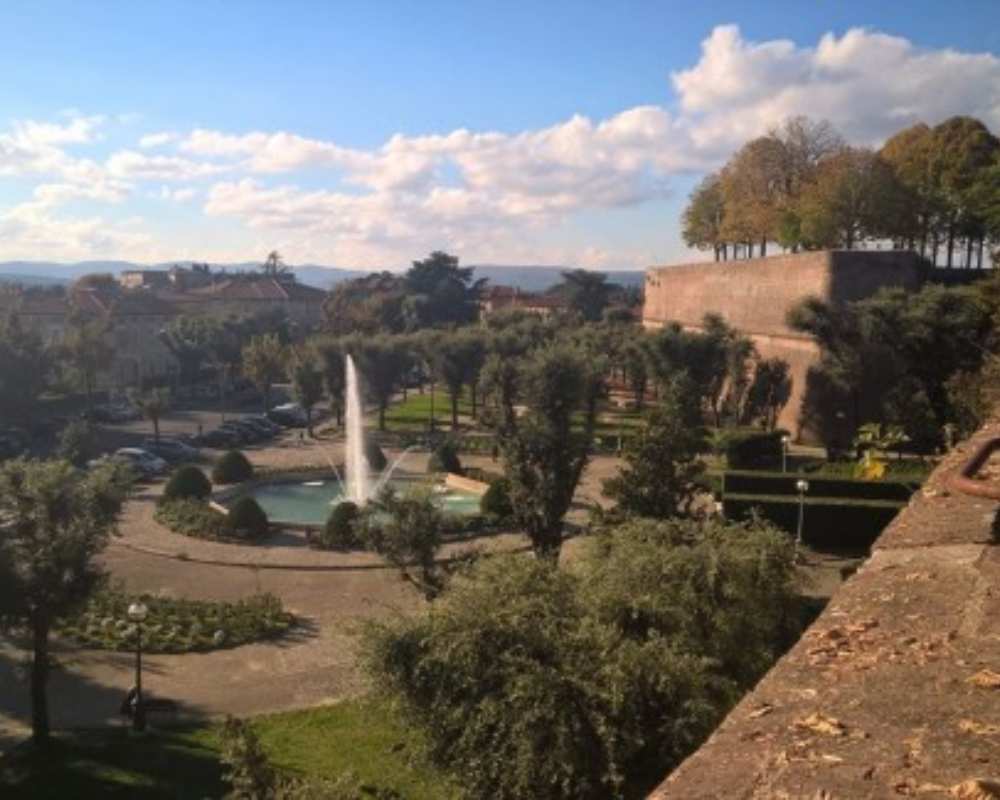
The history of the Medici fortress in Siena is quite peculiar: unlike the other cases, Santa Barbara Fort wasn’t built to defend the city from an external assault, but to prevent the Sienese people from regaining their independence. The fortress was built in 1563 by the order of Cosimo I and the area it covers is remarkable: the entire outer perimeter of the fortress measures about 1.500 metres. At the end of the XVIII century Santa Barbara Fort was demilitarized and transformed into a public garden connected to the Lizza Gardens, a vast and popular green area in Siena.
TODAY: the fort is the place where Sienese people go for a walk or a run, a place where you can enjoy a fantastic panoramic view of the city. At the centre of the Fortress you’ll find an amphitheatre, used for open-air cinema in the summer and for live performances and concerts. Also, it hosts the Enoteca Italiana and the Siena Jazz Association. The fortress is surrounded by the Parco della Rimembranza and the aforementioned Lizza Gardens. More information on the website EnjoySiena.
Poggio Imperiale Fortress in Poggibonsi (Siena area)
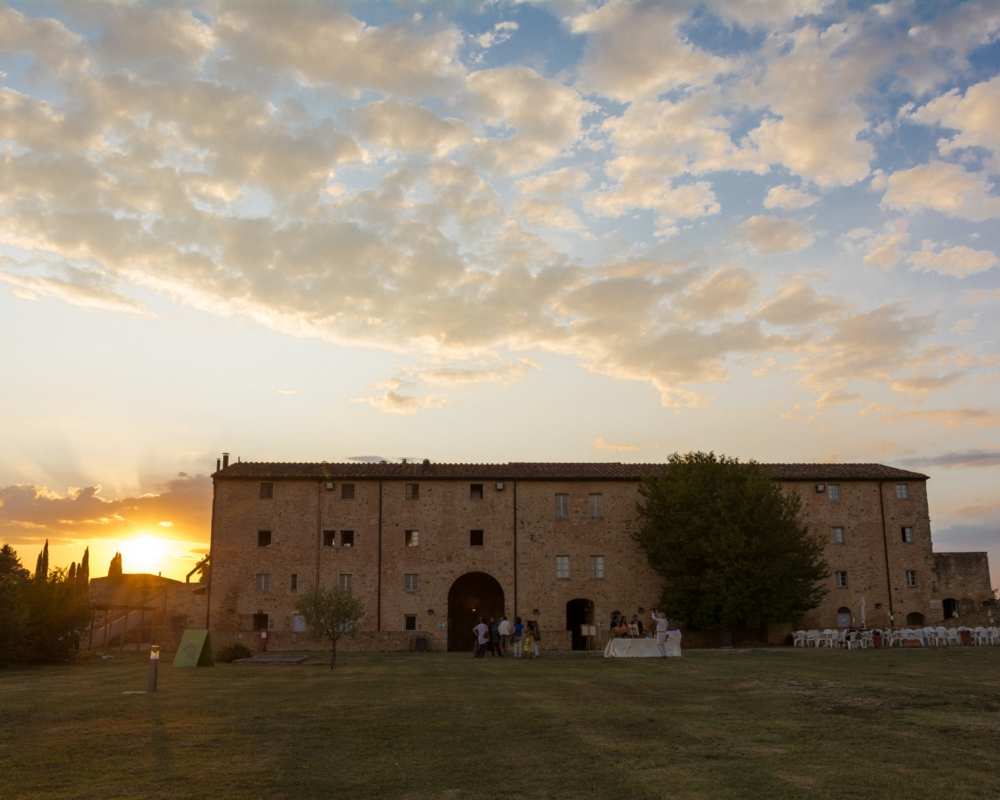
Dating back to the period when Lorenzo il Magnifico was in charge, the Medici Fortress in Poggibonsi is the oldest complex we mention in this article: it was built between the end of the XV and the beginning of the XVI century by Giuliano and Antonio da Sangallo. Unfortunately the structure was never completed, but it likely represents the first application of the modern concept of military fortification that would go on to influence the construction of the Medici fortresses (and beyond) in the years to come.
TODAY: the pentagonal complex is open to the public and encloses the Archeodromo, a 1:1 reproduction of one of the most important archaeological discoveries in the hills of Poggio Imperiale, and the “Cassero” (or Keep), the citadel of the fortress. Discover more on Tuscany Beautiful Everywhere, here.
Last, but not least, we have to mention the beautiful Medici Fortress of Volterra, in the area of Pisa, which today houses a prison. Nonetheless, it opens to the public from time to time for the “Cene Galeotte” (or Scoundrel Dinners), a moment of recreation and integration that involves some of the inmates. If you want to know more about the walled towns in Tuscany, read our article here.
